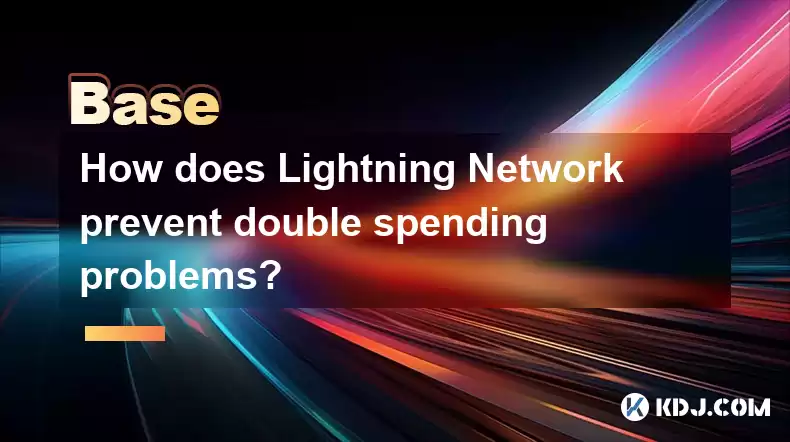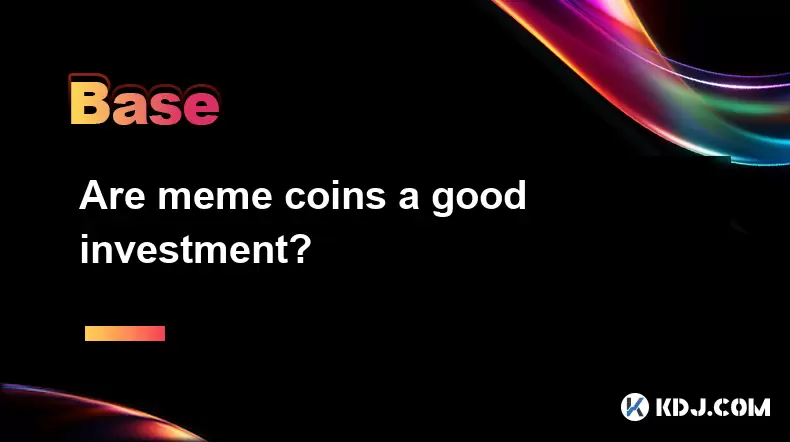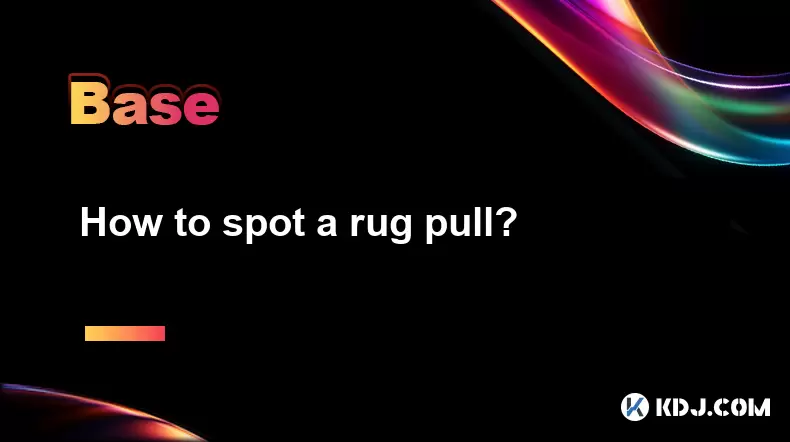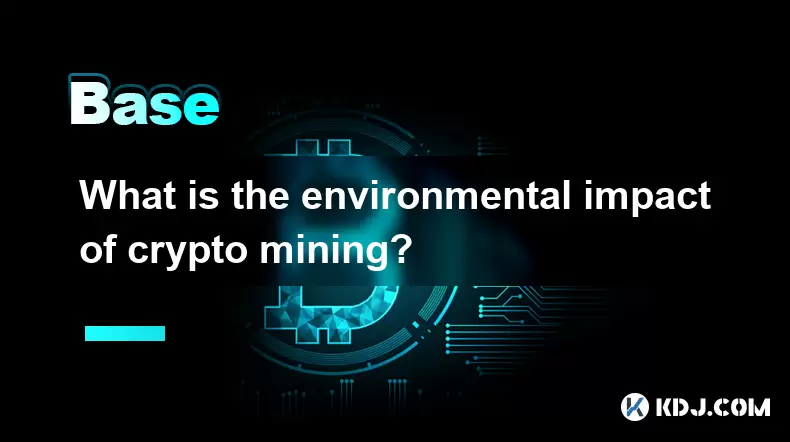-
 Bitcoin
Bitcoin $116700
0.24% -
 Ethereum
Ethereum $3973
4.34% -
 XRP
XRP $3.283
7.68% -
 Tether USDt
Tether USDt $1.000
0.01% -
 BNB
BNB $789.8
2.27% -
 Solana
Solana $176.2
3.31% -
 USDC
USDC $0.9999
0.00% -
 Dogecoin
Dogecoin $0.2238
5.14% -
 TRON
TRON $0.3389
-0.51% -
 Cardano
Cardano $0.7907
4.03% -
 Stellar
Stellar $0.4527
10.02% -
 Hyperliquid
Hyperliquid $41.07
4.27% -
 Sui
Sui $3.794
1.77% -
 Chainlink
Chainlink $19.49
10.40% -
 Bitcoin Cash
Bitcoin Cash $580.9
0.74% -
 Hedera
Hedera $0.2617
4.32% -
 Avalanche
Avalanche $23.41
3.67% -
 Ethena USDe
Ethena USDe $1.001
-0.03% -
 Litecoin
Litecoin $122.4
1.38% -
 Toncoin
Toncoin $3.364
1.49% -
 UNUS SED LEO
UNUS SED LEO $8.988
0.37% -
 Shiba Inu
Shiba Inu $0.00001295
2.82% -
 Uniswap
Uniswap $10.62
5.75% -
 Polkadot
Polkadot $3.922
4.46% -
 Dai
Dai $1.000
0.01% -
 Bitget Token
Bitget Token $4.494
2.15% -
 Monero
Monero $268.0
-1.30% -
 Cronos
Cronos $0.1523
3.68% -
 Pepe
Pepe $0.00001127
4.43% -
 Aave
Aave $285.4
4.85%
How does Lightning Network prevent double spending problems?
The Lightning Network mitigates Bitcoin's double-spending risk via off-chain transactions and smart contracts within channels. Double-spending attempts result in channel funds forfeiture, deterring malicious actors; however, ultimate security relies on the Bitcoin blockchain's integrity.
Mar 16, 2025 at 07:40 am

Key Points:
- The Lightning Network (LN) mitigates, but doesn't entirely eliminate, the risk of double spending by relying on the security of the Bitcoin blockchain.
- LN transactions are off-chain, meaning they don't directly involve Bitcoin blockchain confirmations until settlement.
- Smart contracts and cryptographic techniques within LN channels prevent double spending attempts within the channel itself.
- The penalty for attempting double spending on LN involves losing funds locked within the channel.
- Regularly closing and opening channels can reduce vulnerability to double-spending attacks, though this incurs fees.
How Does Lightning Network Prevent Double Spending Problems?
The Lightning Network (LN) is a layer-2 scaling solution for Bitcoin, designed to drastically increase transaction speed and reduce fees. A crucial question surrounding its adoption is how it addresses the inherent double-spending problem of Bitcoin. LN doesn't completely eliminate this risk, but it significantly mitigates it through a combination of clever techniques.
The core of the issue lies in the nature of LN transactions. Unlike on-chain Bitcoin transactions, which are recorded directly on the blockchain, LN transactions occur off-chain. This means they happen within "channels" established between two parties. These channels are essentially micro-payment systems built on top of Bitcoin. Funds are locked within these channels, reducing the need for constant blockchain interactions.
Preventing double spending within these channels is achieved through cryptographic techniques and smart contracts. When a channel is opened, both parties lock up Bitcoin in a multi-signature escrow. This means neither party can access the funds without the other's cooperation. Transactions within the channel are simply updates to this shared escrow. If one party attempts to cheat and spend the same funds twice, the other party can immediately close the channel, effectively penalizing the cheater.
The process of closing a channel involves broadcasting a transaction on the Bitcoin blockchain. This transaction reflects the updated balance of the channel, reflecting the legitimate state of funds. If a double-spending attempt is detected during this process, the blockchain will favor the honest party's transaction due to the timestamp and the order in which transactions are confirmed. This confirmation on the main chain prevents the double spending from taking effect.
Crucially, the punishment for attempting a double spend is substantial. The offending party risks losing all the funds they've locked in the channel. This significant financial disincentive acts as a powerful deterrent. The probability of a successful double-spending attack is also decreased due to the cryptographic nature of LN channels and the use of digital signatures to verify transactions.
However, it's important to remember that the security of LN ultimately relies on the security of the underlying Bitcoin blockchain. If a 51% attack were to successfully compromise the Bitcoin blockchain, it could theoretically affect LN channels as well. This is because the final settlement of funds still happens on the Bitcoin blockchain.
Managing the risk of double spending also involves channel management strategies. Regularly closing and opening channels might seem counterintuitive, given the fees involved. However, this practice minimizes the risk of accumulating a large amount of funds in a single channel, making a double-spending attack less impactful. Frequent channel updates also help in quickly reflecting the true balance in the channel.
Frequently Asked Questions:
Q: Can someone really double spend on the Lightning Network?
A: While highly improbable within the constraints of the network's design, a double-spending attack on the Lightning Network isn't entirely impossible. The success hinges on successfully compromising the Bitcoin blockchain itself or exploiting vulnerabilities in the LN software. Within the confines of properly functioning LN channels, the mechanisms in place significantly deter such actions.
Q: What happens if a double-spending attempt is successful on LN?
A: A successful double-spending attack on LN would likely involve compromising the underlying Bitcoin blockchain. In a successful attack on the blockchain, the integrity of LN transactions would be compromised, leading to unpredictable outcomes and potential loss of funds for users. This scenario is extremely unlikely due to Bitcoin's robust security mechanisms.
Q: How does the Lightning Network's double-spending prevention compare to Bitcoin's?
A: Bitcoin prevents double spending through its blockchain consensus mechanism. LN leverages this security by settling transactions on the blockchain, but adds an extra layer of protection through channel-specific smart contracts and penalties for malicious behavior within the channels. LN's prevention is thus indirect but robust within its operational context.
Q: Are Lightning Network transactions completely anonymous?
A: No, Lightning Network transactions aren't completely anonymous. While transactions within channels are off-chain, the opening and closing of channels, which involve on-chain transactions, leave a record on the Bitcoin blockchain. This record links addresses to channel activity.
Q: What are the limitations of Lightning Network's double-spending prevention?
A: The primary limitation is its reliance on the security of the Bitcoin blockchain. A successful 51% attack on Bitcoin would undermine the security of the Lightning Network. Additionally, software vulnerabilities in LN implementations could create avenues for exploitation. Furthermore, the complexity of LN necessitates a degree of technical expertise for users to fully grasp and mitigate risks.
Q: How often should I close and open Lightning Network channels?
A: There's no single answer to how often you should close and open channels. It depends on your risk tolerance and trading volume. More frequent channel management reduces exposure to potential losses from a double-spending attempt but comes with higher transaction fees. Regular monitoring and sensible channel management practices are key.
Disclaimer:info@kdj.com
The information provided is not trading advice. kdj.com does not assume any responsibility for any investments made based on the information provided in this article. Cryptocurrencies are highly volatile and it is highly recommended that you invest with caution after thorough research!
If you believe that the content used on this website infringes your copyright, please contact us immediately (info@kdj.com) and we will delete it promptly.
- Punisher Coin: The Altcoin Ready to Punish Your Portfolio with Gains?
- 2025-08-08 22:50:16
- Mutuum Finance, Bitcoin Whales, and Binance: Decoding the Crypto Currents
- 2025-08-08 22:30:11
- Bitcoin, Crypto Market, Volatility: Riding the Rollercoaster in NYC Style
- 2025-08-08 22:50:16
- HTX Copy Trading Extravaganza: Rewards and Opportunities for Traders
- 2025-08-08 23:30:12
- SPX6900 Pumps & TOKEN6900 Presale: Month Growth Mania!
- 2025-08-08 23:30:12
- Dogwifhat, Beanie, and $800,000: A Meme Worth Millions?
- 2025-08-08 23:35:12
Related knowledge

Can you reuse a crypto wallet address?
Aug 08,2025 at 03:49pm
Understanding Wallet Addresses in CryptocurrencyA crypto wallet address is a unique identifier used to send and receive digital assets on a blockchain...

Are meme coins a good investment?
Aug 08,2025 at 11:36pm
Understanding Meme Coins and Their OriginsMeme coins are a category of cryptocurrencies that originated from internet humor or viral trends rather tha...

How are flash loans used?
Aug 08,2025 at 01:08pm
Understanding Flash Loans in Decentralized FinanceFlash loans are a unique innovation within the decentralized finance (DeFi) ecosystem, allowing user...

How to spot a rug pull?
Aug 08,2025 at 11:21pm
Understanding the Concept of a Rug PullA rug pull is a type of scam prevalent in the decentralized finance (DeFi) and cryptocurrency space where devel...

What is the environmental impact of crypto mining?
Aug 09,2025 at 12:28am
Energy Consumption of Cryptocurrency MiningThe environmental impact of crypto mining begins with its substantial energy consumption, primarily driven ...

What are common crypto trading strategies?
Aug 08,2025 at 12:42pm
Understanding Trend Following in Crypto TradingTrend following is one of the most widely adopted crypto trading strategies due to its simplicity and a...

Can you reuse a crypto wallet address?
Aug 08,2025 at 03:49pm
Understanding Wallet Addresses in CryptocurrencyA crypto wallet address is a unique identifier used to send and receive digital assets on a blockchain...

Are meme coins a good investment?
Aug 08,2025 at 11:36pm
Understanding Meme Coins and Their OriginsMeme coins are a category of cryptocurrencies that originated from internet humor or viral trends rather tha...

How are flash loans used?
Aug 08,2025 at 01:08pm
Understanding Flash Loans in Decentralized FinanceFlash loans are a unique innovation within the decentralized finance (DeFi) ecosystem, allowing user...

How to spot a rug pull?
Aug 08,2025 at 11:21pm
Understanding the Concept of a Rug PullA rug pull is a type of scam prevalent in the decentralized finance (DeFi) and cryptocurrency space where devel...

What is the environmental impact of crypto mining?
Aug 09,2025 at 12:28am
Energy Consumption of Cryptocurrency MiningThe environmental impact of crypto mining begins with its substantial energy consumption, primarily driven ...

What are common crypto trading strategies?
Aug 08,2025 at 12:42pm
Understanding Trend Following in Crypto TradingTrend following is one of the most widely adopted crypto trading strategies due to its simplicity and a...
See all articles

























































































